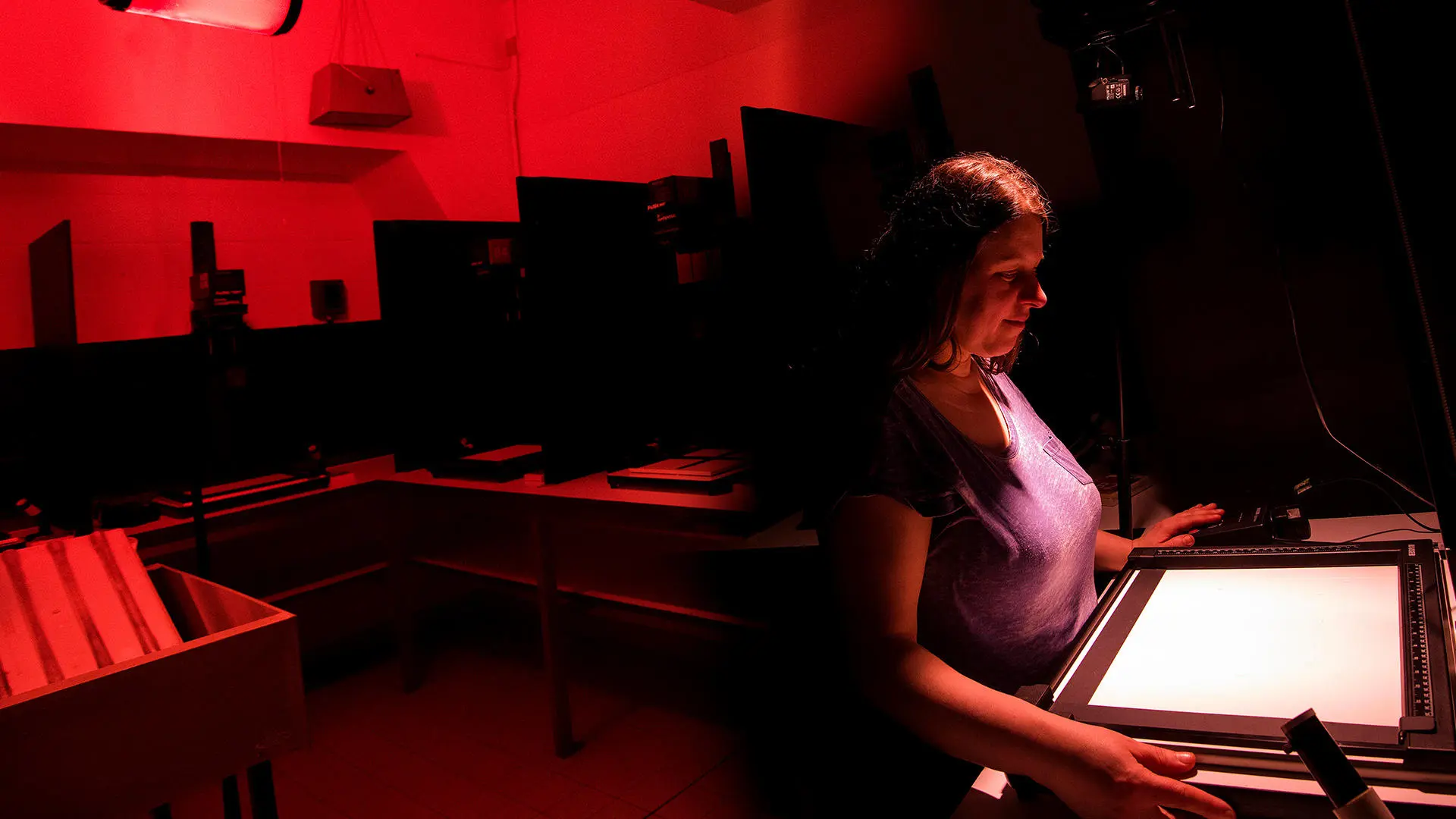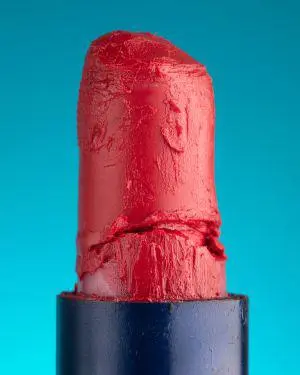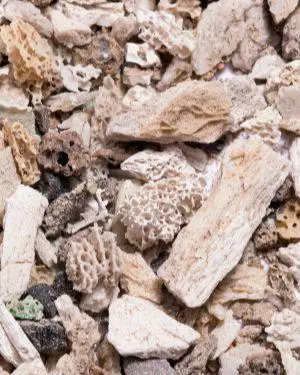Marianne’s project titled ‘This is how she lives on', is a study on grief after the death of her mother. At its core, the project is anchored in grief and the surrounding trauma.
Marianne is a visual artist who uses photography and sculpture to create often absurd portraits and still lives. All her work attempts to capture a transformative moment for the subject or object, and she is interested in the surreal, capturing in-between moments and shifting states. Marianne’s work explores themes of absence-presence, motherhood, beauty, fragility, metamorphosis and how we deal with the inevitable, death.
Marianne studied an MA in Photography on a part-time basis from 2019-2021 working on a project she had begun in 2017. Working on one project over two years allowed her the time to experiment with multiple processes, develop ideas, do in-depth research into her topics, digest the work, and edit what she was producing. It also allowed her the space, equipment, peers, and support to bring the project together.
The project she produced was titled ‘This is how she lives on’ and is a study on grief after the death of her mother. At its core, the project is anchored in grief and the surrounding trauma. The project began with 42 of her mother’s lipsticks which for 16 months she obsessively used the photographic medium to explore, examine, record, and captured the lipstick’s essence through repeated multiple photographic processes.
"I now understand that what I was searching for was my mother. I wanted to spend time with her and through these processes of repeatedly photographing the lipsticks, I was able to be with her. I didn’t want to let go of the work or let go of her."
— Marianne McGurk, MA Photography
Through working through the multiple processes, Marianne was able to sit with her grief, walk with it, talk to it, to be in the dark with it and ultimately to make art with it. Each time she photographed another series of the lipsticks it was part of the process of uncovering the layers and working through the memories of her mother and the trauma of her death.
Reflecting on the process Marianne said ‘I channelled my grief and its surrounding trauma into my artistic practice as a non-verbal medium to express those difficult emotions through photography and sculpture. I used my practice and employed creative processes as art therapy relating to the loss and trauma surrounding her death. It is a look at how we can process grief through artistic practice. This work allowed me to be with her for one last time. What better way to honour her than to make art about her?’
Marianne’s project went on to become an award-winning project with Photoworks and PhMuseum, exhibited nationally and internationally. On the back of the work, she also received an A-N bursary to complete grief recovery training and facilitate creative grief workshops to take the work into the community.



